Experimental french planes serie
- SNCASO SO.4000
- Dassault Mirage MD750
- SNCASE SE.212 Durandal
- SNCASO Déver
- Nord Harpon
- Dassault Albatros
- Leduc 0.21
- SNCASO SO.4070 "Minerve" strategic bomber
- SNCASO SO.6021 Espadon
- SNCASO TRIDENT
This is my first bomber.
But also the first french jet bomber
Only 338 parts !!
The SNCASO SO.4000 was an experimental French twin-engine medium jet-bomber aircraft of the 1950s.
It was the first French jet bomber developed, but it never entered operational service.
This aircraft allowed the development of the Vautour.



Controls :
- AG1 : Motors
- AG2 : Open Bomb Bay
- AG3 : Active the 30mm DEFA cannons
- AG4 : Lights
- AG5 : Active parachutes




How to use
Use this plane as a bomber, fly as fast as possible and no fighter of the time will be able to intercept you.
This aircraft can also be used against other bombers, the presence of the four 30mm cannons is rather intended for ground attack, but can also be used to defend yourself from aerial targets or to attack them.





History :
France's aviation industry was in dire straits, having been damaged more heavily than any other Allied nation as a consequence of the Second World War; Regardless, the French needed to revive the nation's aviation industry, and to use the latest advances for a new generation of competitive locally-built aircraft. France, like other Allied nations in the war, benefitted from captured German research into high speed aircraft. These efforts were also aimed at reducing France's reliance on imported technology, and looked at jet propulsion and transonic aerodynamics.

Following the end of the war, the French Air Force produced a requirement for a jet bomber which was expected to have a takeoff weight of roughly 25–30 t (25,000–30,000 kg) and be capable of transonic speeds. The development of a jet-powered bomber aircraft was viewed as being a major technological challenge and this initiative would produce the first French jet bomber in the form of the SO.4000.
Submissions were tendered by several French aircraft manufacturers, including SNCASO with the SO 4000 and SNCAC's rival bid in the form of the SNCAC NC 270. Following a competitive review, SNCASO would receive a development order calling for a pair of manned scale models and a full-sized prototype. The first scale model, known as the SNCASO M.1, was an unpowered glider which would be tested from atop the Heinkel He 274 V1, (as the French AAS 01A), the first prototype of a late-war high-altitude strategic bomber, which had remained in France after the war. The He 274, having drawn the attention of French authorities, had been restored to flightworthy condition to allow such use. The second aircraft, the SNCASO M.2, was powered by a single British Rolls-Royce Derwent turbojet engine. SNCAC also received a contract to produce a prototype for their submission.

During 1947, as a result of the rapid advances made in aviation technologies made around this time, plans for a subsequent production run were abandoned. Nevertheless, it was decided to complete the two scale models and the full size prototype for experimental purposes. On 13 April 1949, the sole M.2 conducted its maiden flight, while the M.1 glider performed its first free-flight, launched from a SNCASE Languedoc, on 26 September 1949. Testing of the M.2 was considered to be successful, on one occasion having exceeded 1,000 km/h (621 mph) while flown in a dive, becoming the first French aircraft to achieve this feat. Both the M.1 and M.2 provided valuable data on features such as swept wings, pilot escape systems, spoiler control, and leading edge slats.

On 5 March 1950, the SO.4000 was rolled out; by this point, it was already obsolete and lacking in capabilities compared to its contemporaries. During the following month, the aircraft sustained damage when its undercarriage collapsed during taxiing tests. After completing repairs, the SO.4000 performed its maiden flight on 15 March 1951, piloted by chief test pilot Jaques Guignard. During landing, its undercarriage failed again, resulting in damage. The aircraft would never fly again and work on the project was abandoned without any further testing being carried out. According to Gunston and Gilchrist, the SO.4000 was a very heavy aircraft, which only compounded the weakness of possessing relatively little engine power, giving it an extremely poor thrust-to-weight ratio even when empty; they also criticised it as possessing "useless capabilities"


Good flight.
Hoping that you like this plane both for bombing and for destroying other bombers.
Don't forget to Upvote if you enjoy.
Specifications
Spotlights
- SyntheticL 2.9 years ago
- MDDJB 2.9 years ago
- beenz 2.9 years ago
- Bryan5 2.9 years ago
- Dragoranos 2.9 years ago
General Characteristics
- Created On Windows
- Wingspan 69.1ft (21.1m)
- Length 68.7ft (20.9m)
- Height 19.5ft (6.0m)
- Empty Weight 15,897lbs (7,210kg)
- Loaded Weight 26,499lbs (12,019kg)
Performance
- Power/Weight Ratio 2.544
- Wing Loading 28.8lbs/ft2 (140.5kg/m2)
- Wing Area 921.0ft2 (85.6m2)
- Drag Points 7057
Parts
- Number of Parts 338
- Control Surfaces 7
- Performance Cost 1,734

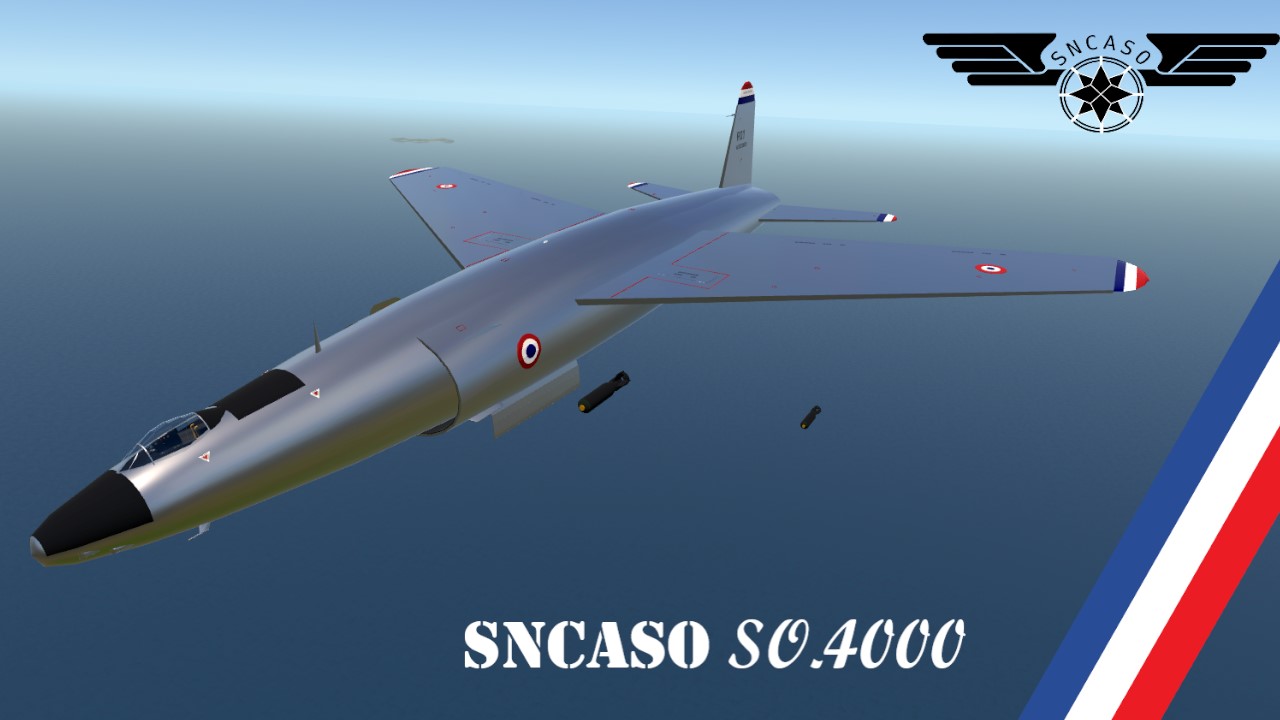
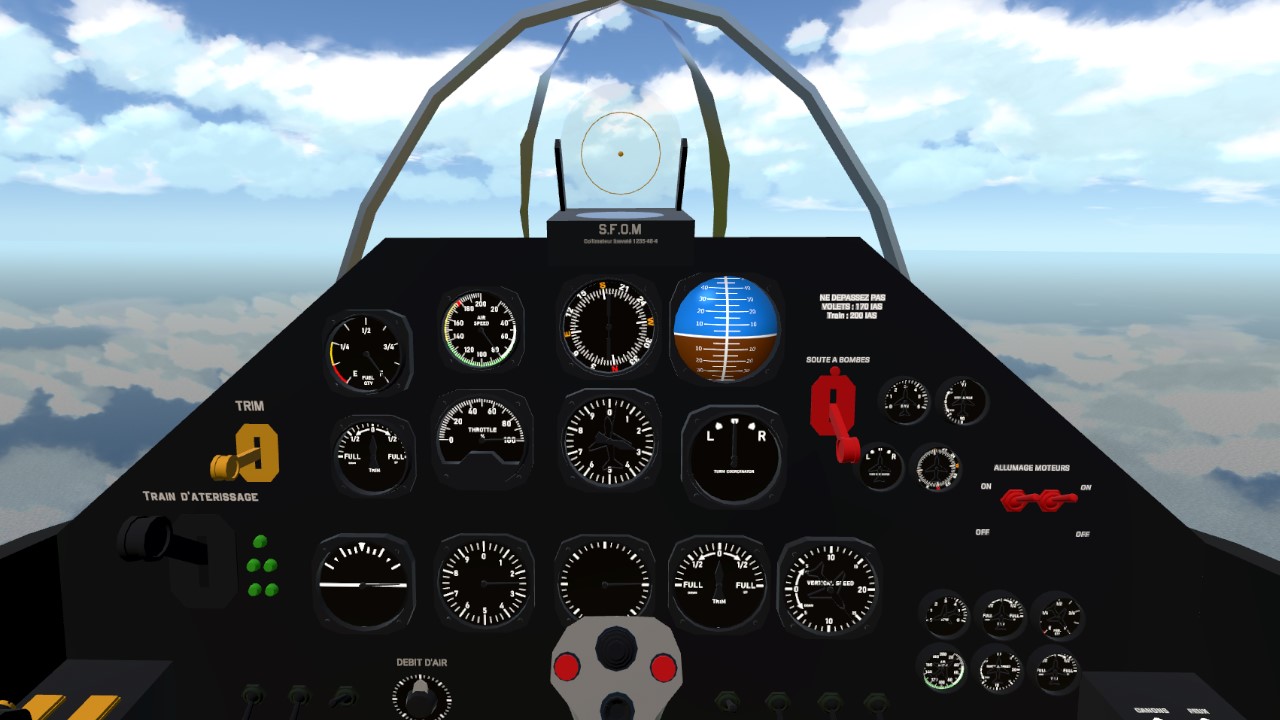
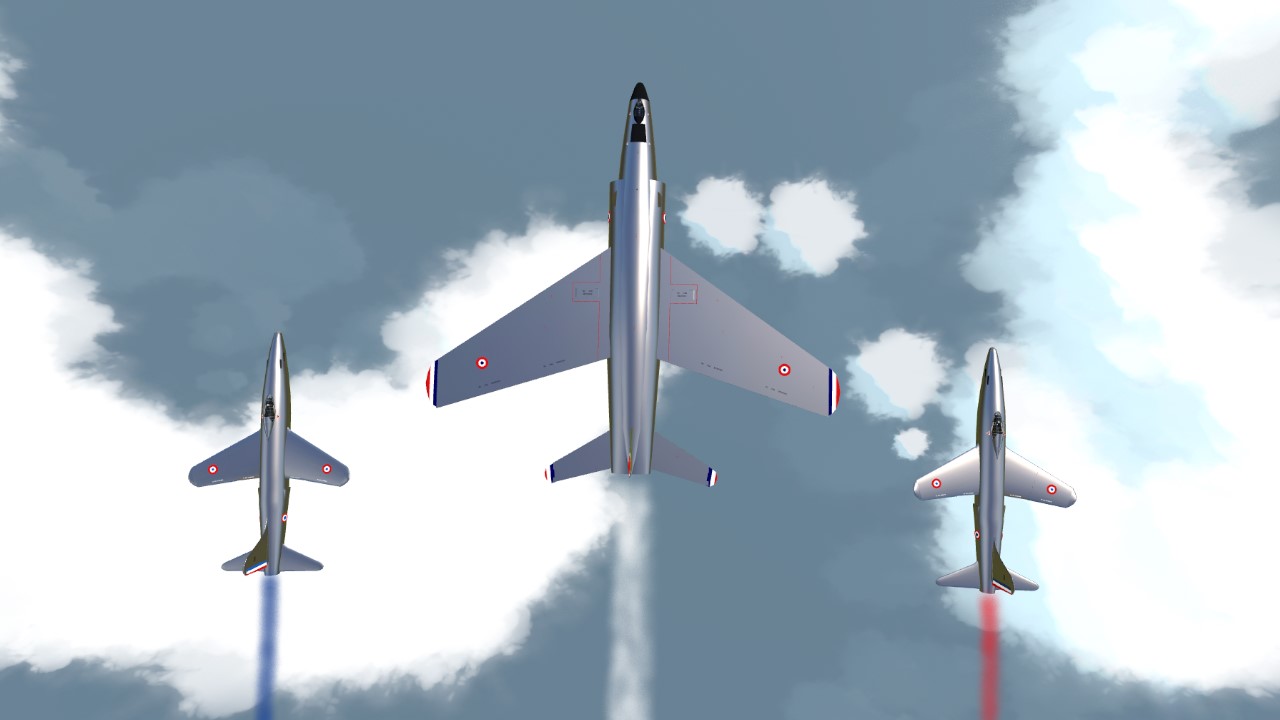
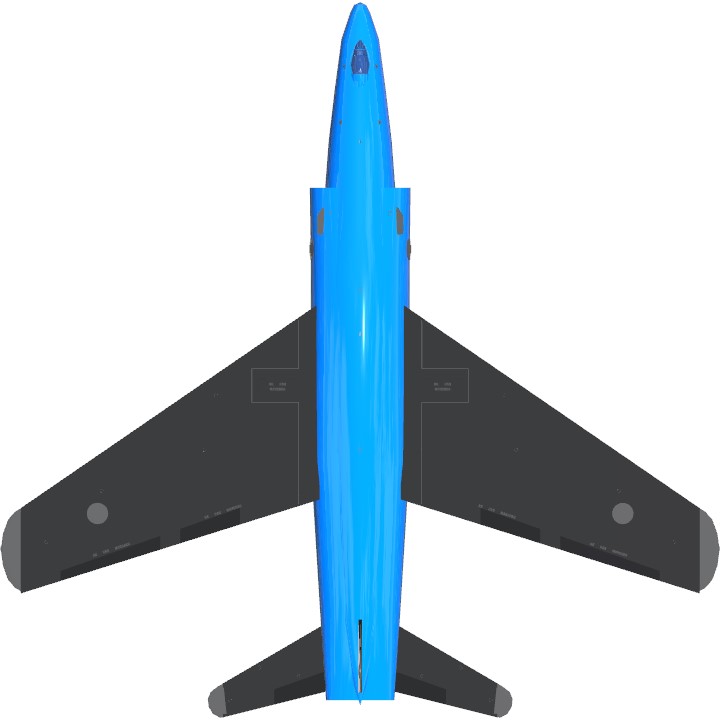
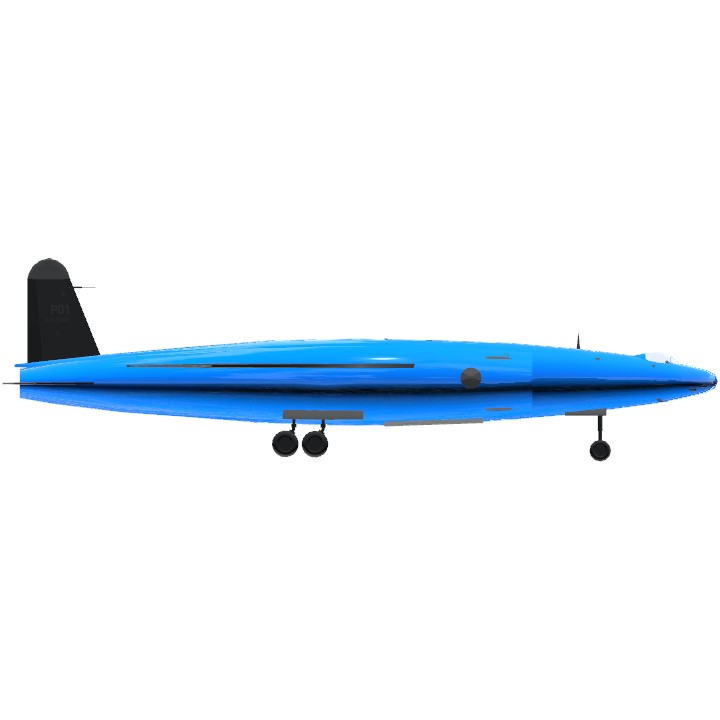
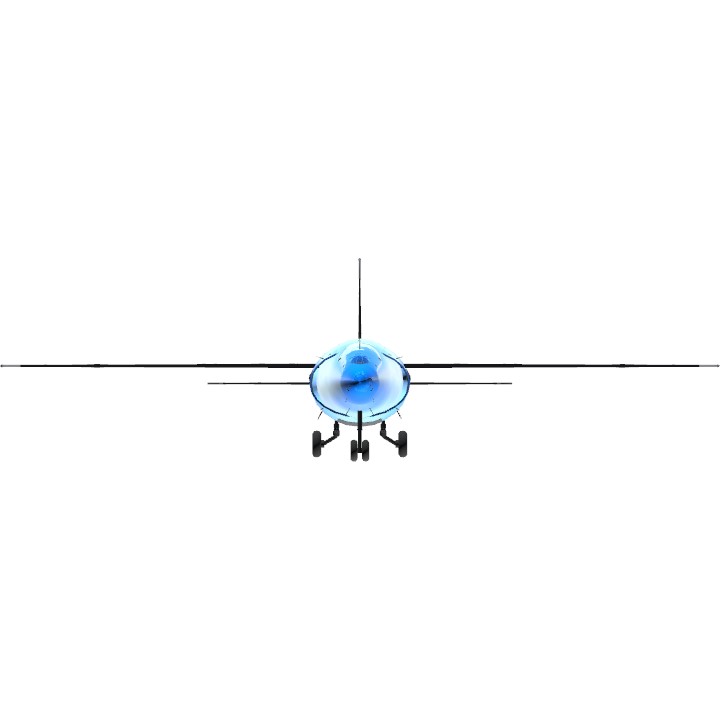
@MDDJB
Well, when we know that subsidies to associations cost more than the defense budget, I think finding money is anything but not a problem, not to mention all the money from the ECB.
We will have no real problem of money to carry out this project.
All the problems come from the governements that have governed our country for 30 years.
And Macron, he is surely the worst of all. Europeanist, he wants to dissolve France in the EU to have a federalist Europe. But he didn't understand that other countries don't want that, and work in their interests, European projects, for them, that's good, they can access technologies that they don't have. For us, it's the opposite. We are just the useful idiots.
As for future nuclear aircraft carriers, it would take two, to have a permanence at the sea as in the time of Clémenceau and Foch, but again, Macron has to leave.
The future of our power and our independence is at stake in less than two months.
@CharlesDeGaulle I think the Russian SU-57 is hardly a true stealth fighter even compared to their own SU-75, it has too many compromises and is progressing slowly with less than 10 of them in service.
I remember that France will start building the next generation of nuclear-powered carriers in the near future, and a carrier of about 75,000 tons will also cost a lot of budget, especially when France also needs to buy electromagnetic catapults from the U.S. I don't understand why France still hasn't developed its own catapults after paying for the U.S. catapults for the Charles de Gaulle carriers.
And from the point of view of France building a more autonomous national power, Macron really has no merit, in fact I think he only shows some relative independence when Macron tries to pretend he is not a puppet of the US political system.
@MDDJB
In fact, France has ample financial means to do this alone.
Russia, having a much lower GDP, will make his (or its) 6 gen planes alone.
Germany, is just there to steal our technologies and reuse them to their advantage, they even admitted it themselves!!
In short, the FCAS will have to be 100% French, it would be a shame.
The Mirage III, a Mach2 plane, was also very expensive to design and manufacture at the time, yet France was ruined at that time.
We have no excuse, and this plane will have to be 100% French, and Dassault don't want an european plane, the CEO said so, but the company must follow what the State tells it, for that, Macron must leave.
@CharlesDeGaulle The next generation of fighters is quite expensive, although France has the most independent military industrial system in Europe, but in France needs to maintain the autonomous navy, army, air force alone to develop the next generation of fighters will make France face financial difficulties, I think Germany's entry is not a bad thing, but should not let the Germans involved in the design, they just need to invest and then buy it, just like the F35 program with the investment countries other than the United States.
hot damn
@BreadIsAfruit Yep
It's smooth, and it reduces the part count.
The only downside is the shadows.
brUH glass plane
Although the French aviation industry was stagnant for several years in WWII, the French aircraft in the Cold War were unique and I quite liked them. There were also French seaplanes before WWII that were quite interesting.
@SyntheticL Thank you !
And yes, this thing is quite strange, even if it allowed the development of the Vautour.
This is also why it remained a prototype. But I like the strange planes of that time
Nice plane!
Looks pretty strange though.
@CarrotSlicingCompanyCat
@FuzioN
@ollielebananiaCFSP
@Shimamurahougetsu
@X99STRIKER
@LieutenantSOT
@BeastHunter
@SyntheticL
@Walvis
@Karmen